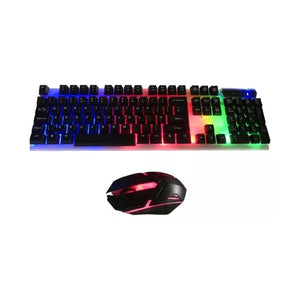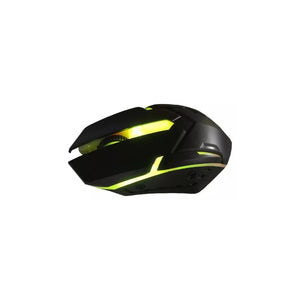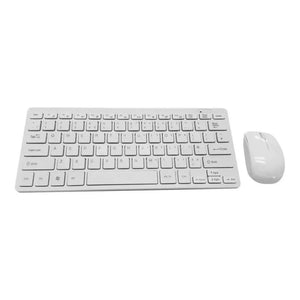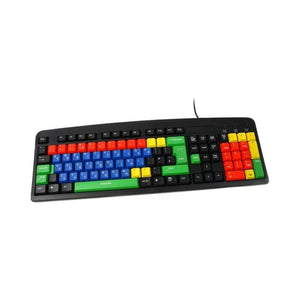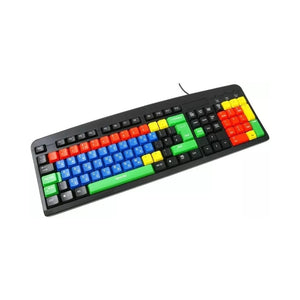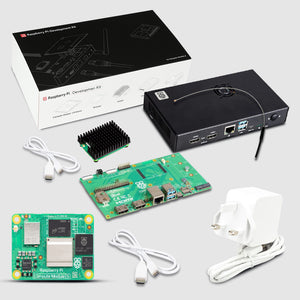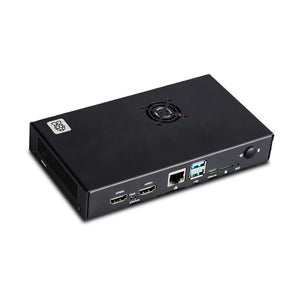OKdo ROCK5 is the single board computer's (SBC) fifth iteration. Linux, Android, BSD, and other operating systems can all run on it.
The ROCK5 is powered by a Rockchip RK3588(s) SoC with an Octa-core ARM CPU (four Cortex-A76 and four Cortex-A55 cores), up to 32GB of 64-bit LPDDR4X memory, up to 8K@60 HDMI, MIPI DSI, MIPI CSI, a 3.5mm headphone input, a USB port, GbE LAN, PCIe 3.0 x4, PCIe 2.0 Furthermore, ROCK5 supports USB PD power in display alternative mode.
Introduction to Rock 5B
Beginner's guide for Rock 5B with instructions on how to set it up and prepare it for basic use. You must be aware of the model and hardware version of the board when you get it. The details are printed on the board's top side. As much as feasible, we shall introduce the board information.

Items you need:
- ROCK 5 Model B
- Storage (micro SD or eMMC module) Minimum 8GB Required
- Type-C Power Supply
- USB Keyboard & Mouse (Wired or Wireless)
- HDMI Cable
- Monitor
- 2 Wireless Module A8 Wi-Fi 6, BT5.2
Writing Official Rock OS Image:
- Download official Rock Images Android, Debian or Ubuntu.
- Downloads Etcher - A user friendly Image Writer, available for Linux, Windows & MacOS.
- Launch BalenaEtcher after the package has been extracted.
- You can try starting it with sudo if you see the error message "No polkit authentication agent detected," but be aware that this will execute the utility as root.
- Click Select Image in the etcher & select drive and flash it now you’re done and ready to put storage on Rock 5 Model B.
Booting Device:
- Now put the SD Card or eMMC Module into the board's socket for the system storage device.
- Power up ROCK 5B via type C connection.
- The green power LED will be lit during ROCK 5B's bootup. After some time, a second blue LED begins to blink.
Accessing Device:
You can access device in three ways via HDMI, Via SSH, and Via Serial Port (USB to TTL)
If you’re using USB to TTL please use the pins mentioned below:
|
TTL |
Rock 5B |
|
GND |
Pin 6 |
|
VCC |
|
|
RXD |
Pin 10 |
|
TXD |
Pin 8 |
The ROCK 5 u-boot and kernel console's default option for serial communication is
baudrate: 1500000
data bit: 8
stop bit: 1
parity : none
flow control: none
Linux:
The serial tool that supports a broad variety of baud rates is called Minicom.
Set up Minicom:
sudo apt-get update
sudo apt-get install minicom
Connect the USB to TTL cable, and the device should appear when you run "dmesg | tail" on the kernel:
[1036835.654076] usb 1-6.4.3: new full-speed USB device number 103 using xhci_hcd
[1036835.755730] usb 1-6.4.3: New USB device found, idVendor=0403, idProduct=6001
[1036835.755732] usb 1-6.4.3: New USB device strings: Mfr=1, Product=2, SerialNumber=0
[1036835.755733] usb 1-6.4.3: Product: USB <-> Serial
[1036835.755734] usb 1-6.4.3: Manufacturer: FTDI
[1036835.756728] ftdi_sio 1-6.4.3:1.0: FTDI USB Serial Device converter detected
[1036835.756750] usb 1-6.4.3: Detected FT232BM
[1036835.757195] usb 1-6.4.3: FTDI USB Serial Device converter now attached to ttyUSB0
/dev/ttyUSB0 is our device here.
Install minicom
To use minicom without root or sudo, first add the current user to the plugdev group.
sudo usermod -a -G plugdev $USER
Add the following line with some default parameters to your /.bashrc file.
alias minicom='minicom -w -t xterm -l -R UTF-8'
To make changes, sign in to a different terminal.
Create the following material in the file /.minirc.rock5 and change it:
pu port /dev/ttyUSB0
pu baudrate 1500000
pu bits 8
pu parity N
pu stopbits 1
pu rtscts No
Run minicom rock5 now to connect to the ROCK 5 serial console using the configuration described above.
Windows
- Another excellent serial tool that supports a broad range of baud rates is Windows Putty.
- The Windows PC using the USB to TTL cable. You may find the COM number by viewing the device manager. This is COM 3.
- Fire up Putty on your Windows computer. Additionally, set the following:
- Set the serial line as COM3, the speed as 1500000, and the connection type as Serial for the category Session.
- In the Saved Sessions column, type rock5 and click Save.

Make the following settings for category Connection—-Serial:

Once the settings are complete, click Open to begin.
Mac OS
Install picocom
% brew install --build-from-source radxa/picocom/picocom
Start picocom
% picocom -b 1500000 -d 8 /dev/tty.usbserial-2130
Accessing Device Via SSH Server:
On the default ROCK 5B image, port 22 has an SSH server configured.
To locate your board's IP address, please utilise angryip.
ping rock-5b.local
ssh rock@rock-5b.local
You must visit your network/router administrator page and search for the ROCK 5B ip address if your router/network does not allow Local Domain.
ping ip-of-device
ssh rock@ip-of-device
Note: If you are unable to access the network administrator page, option 1 will also provide you with the IP address for ROCK 5B.


